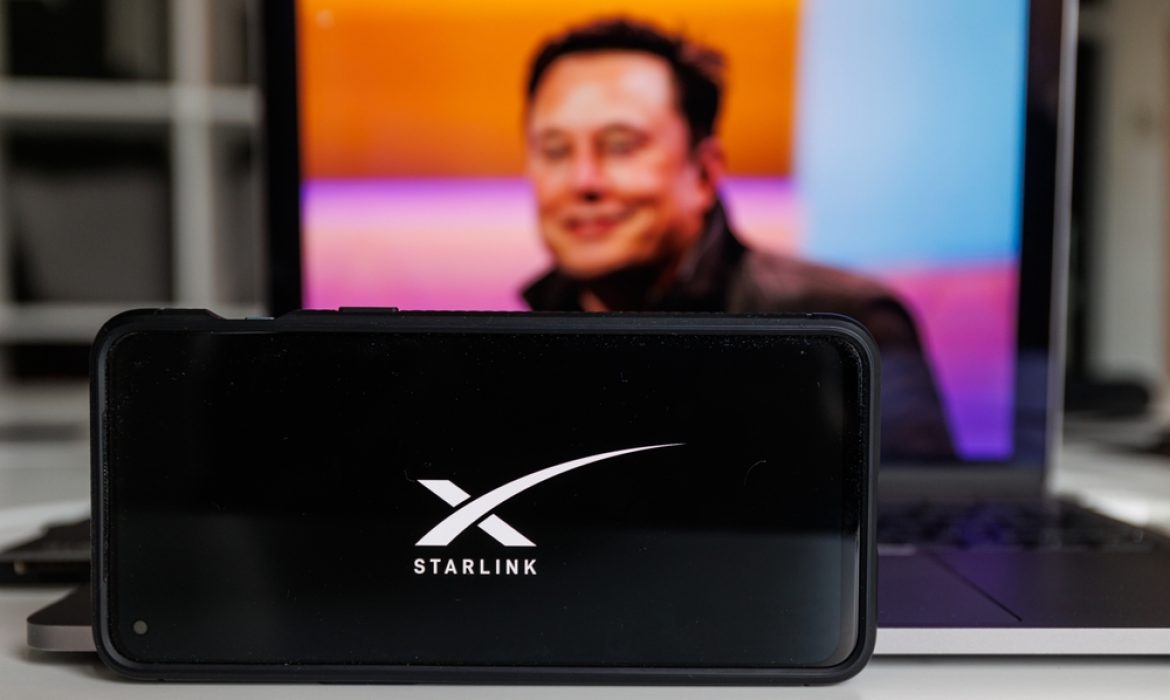In yet another groundbreaking achievement, SpaceX soared into the skies on August 27, deploying its 5000th Starlink communications satellite into the boundless expanse of low-Earth orbit. With this milestone, SpaceX continues to reshape our world, quite literally, by creating an extensive network of satellites that promises to revolutionize global connectivity.
The awe-inspiring event unfolded as a Falcon 9 rocket, adorned with the 22 new Starlink satellites, roared to life at 03:05 Kiev time from the iconic SLC-40 spaceport at Cape Canaveral. Following a well-practiced routine, just two and a half minutes post-launch, the rocket’s first stage gracefully detached. In a breathtaking display of precision, on the ninth minute after liftoff, it gently alighted upon the floating platform known as “Just Read the Instructions” stationed in the vastness of the Atlantic Ocean. This particular journey marked the third outing for this remarkable launch vehicle, having previously carried ESA’s Euclid mission, Ax-2, and now, the esteemed Starlink mission.
It’s important to note that this incredible feat was sandwiched between other remarkable SpaceX missions, including Crew-7, which had recently ferried four astronauts to the International Space Station. SpaceX’s relentless launch schedule reflects the company’s unwavering commitment to advancing space exploration on multiple fronts.
SpaceX’s Starlink program represents a transformative leap in satellite technology. The company presently holds the green light to deploy a staggering 12,000 Starlink satellites in low-Earth orbit. What’s even more staggering is that SpaceX awaits the go-ahead to launch an additional 30,000 satellites. This figure amounts to more than half of all satellite launch applications submitted to the International Telecommunications Union in the foreseeable future.
Since its official debut in 2021, the Starlink service has made remarkable strides in its global reach. It now casts its digital net over more than 50 countries and territories worldwide, spanning the United States, Japan, large swathes of Europe, portions of Latin America, select regions in Africa (including Nigeria, Mozambique, and Rwanda), and even the icy expanses of Antarctica.
SpaceX’s revolutionary Starlink satellite internet service currently serves over 1.5 million subscribers worldwide. An impressive 42,000 terminals are actively in use within Ukraine alone, serving an array of critical purposes including military applications, healthcare institutions, businesses, and humanitarian organizations. The ability to connect remote and underserved regions to the global digital grid is a testament to the transformative power of space technology.
As SpaceX continues to push the boundaries of innovation and connectivity, each Starlink satellite launched brings us one step closer to a more interconnected, accessible, and digitally empowered world. The deployment of thousands of these small, agile satellites into orbit represents a leap forward in global communication infrastructure and hints at a future where internet access knows no bounds, reaching the farthest corners of the Earth and beyond.


